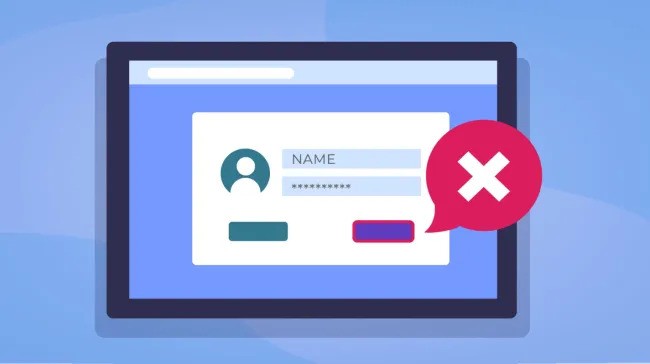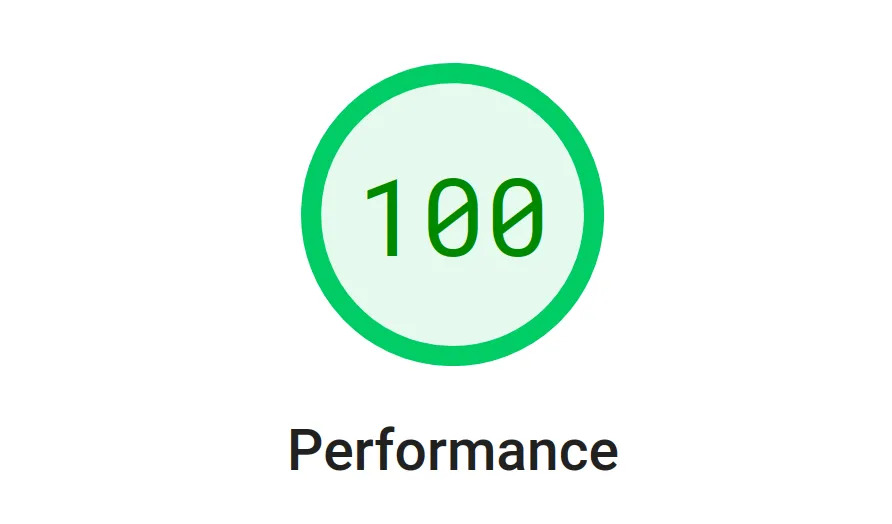
Creating Multilingual Websites: Best Practices and Key Considerations
Discover how to create a multilingual website that boosts global reach, enhances user experience, and increases sales. Learn the benefits, planning steps, best practices, and tools for building a successful multilingual site. Perfect for businesses aiming to connect with international audiences.

Introduction
A multilingual website is like having a chatty friend who speaks multiple languages and helps everyone feel right at home. It’s your online tour guide, making sure visitors from different corners of the world can understand and enjoy your content. For businesses dreaming of going global, these websites are gold.
Not only do they make your site more user-friendly, but they also open up a whole new world of potential customers. Imagine reaching out to the massive online crowds in China, India, or Brazil by speaking their languages—Mandarin, Hindi, or Portuguese. Suddenly, your audience grows, and you become the friendly, approachable brand they adore.
Let’s break down why having a multilingual website can be a game-changer and how you can get started on this global adventure.
Why Go Multilingual?
Reaching a Wider Audience: People love buying from websites in their own language. A survey by Common Sense Advisory found that 75% of consumers prefer to buy products in their native language, and 60% rarely or never buy from English-only websites if English isn’t their first language. So, speaking their language can seriously boost your sales.
Enhanced User Experience: When your website speaks multiple languages, it feels like home to visitors from around the globe. This can keep them engaged, lower bounce rates, and boost conversion rates.
Competitive Edge: Addressing customers in their local languages isn’t just about selling; it’s about connecting. This can give you a leg up over competitors who stick to just one language.
The takeaway? A multilingual website isn’t just about translation. It’s about creating a digital space that feels welcoming to everyone, no matter where they’re from. Whether it’s through better customer engagement, higher sales, or a bigger market share, the message is clear: multilingual websites can supercharge your business growth. So, why wait? Start speaking your customer’s language and watch your global presence soar.
Planning Your Multilingual Website
Creating a multilingual website isn’t something you can just wing. You need a solid plan to make sure it hits the mark with your global audience. Let’s walk through the steps to ensure your multilingual site shines for every visitor, no matter where they’re from or what language they speak.
Setting Clear Goals: What are you aiming to achieve?
First things first: What do you want from this multilingual website? Are you aiming to boost sales in certain countries? Trying to engage more with local audiences? Or maybe you want to enhance your brand’s global presence?
Defining your goals early on helps shape your website’s structure and content. For example, if you’re targeting sales in Germany and Japan, your site should reflect local shopping habits and preferences.
Audience Analysis: Who are you talking to?
Understanding your audience is more than just translating your site into French, Mandarin, or Spanish. Each group has its own cultural quirks, preferences, and habits. A thorough audience analysis involves figuring out:
- Languages and dialects: Not all Spanish speakers use the same words. Spaniards and Latin Americans have different dialects and cultural references.
- Cultural nuances: Colors, symbols, and layouts can mean different things in different cultures. A bright color scheme might be a hit in India but too much in Japan.
- Consumption habits: How does your audience interact with websites? Some might love interactive experiences, while others prefer straightforward designs.
- Technical accessibility: Consider the devices and internet speeds common in each region. A feature-rich site might work great in South Korea but be a struggle for users with slower internet.
With a solid plan based on clear goals and a deep understanding of your audience, your multilingual website won’t just speak different languages; it will speak directly to each user’s needs and preferences. This strong foundation sets you up for international success, letting you build not just a website, but a global gateway.
Best Practices in Developing Multilingual Websites
Creating a multilingual website is akin to hosting a global event. Just as you wouldn’t serve the same dish everywhere due to varying tastes, a uniform website approach won’t suffice. Let’s explore some best practices to make your site welcoming for everyone, regardless of their language or location.
Language Selection
Choosing languages for your website requires more than arbitrary picks. Analyze your business goals, customer data, and market research. If a significant portion of your visitors are from Spain, offer Spanish. Notice an increase in visitors from Japan? Add Japanese. Also, consider regional dialects and cultural nuances. For instance, Brazilian Portuguese differs from European Portuguese. Getting these details right demonstrates cultural respect and can significantly impress your audience.
Content Localization
Localization extends beyond mere translation; it’s about making your content resonate locally. For example, colors can convey different meanings across cultures—a cheerful yellow in one place might signify mourning in another. Additionally, be mindful of legal and regulatory differences. What’s acceptable in one country might be prohibited in another.
Website Design and User Interface
Designing for a global audience means ensuring your site is visually and functionally effective for everyone. Languages like Arabic and Hebrew read right-to-left, necessitating layout adjustments when these languages are selected. An intuitive design, clear fonts, and culturally appropriate images contribute to a more inclusive user experience.
Technical Considerations
The technical aspect of building a multilingual site begins with selecting the right platform. Unfortunately, not all website builders and CMS are up to the task. While popular options like WordPress offer multilingual plugins, these solutions often fall short in seamless integration and performance. Custom-built sites, although more resource-intensive, provide superior control and reliability.
Tools and Technologies for Building Multilingual Websites
Creating a multilingual website involves assembling a global toolkit. The right tools and technologies streamline the process, ensuring your content reaches diverse audiences accurately and efficiently.
Content Management Systems (CMS)
- WordPress: Known for its flexibility and ease of use, WordPress is popular but has limitations. Plugins like WPML (WordPress Multilingual Plugin) enable multilingual content management, but they can be cumbersome and may impact site performance.
- Joomla: This CMS offers robust multilingual support out of the box. However, its complexity can be a drawback, making it less user-friendly for those without technical expertise.
- Drupal: With built-in multilingual support, Drupal excels in detailed content structuring. Yet, its steep learning curve and complexity make it less accessible for beginners.
Translation Software and Services
While CMS tools assist with multilingual capabilities, the quality of translations is crucial:
- Automated Translation Tools: Services like Google Translate offer quick translations but often miss nuances. Despite improvements in AI, these tools should be used cautiously, mainly for general translations.
- Professional Translation Services: For accuracy and cultural relevance, professional translators are indispensable. They ensure your content resonates with local dialects and cultural idioms, which automated tools might overlook.
Plugins and Add-ons
Enhancing your CMS with specific plugins can streamline the multilingual setup process, but they come with their own set of challenges:
- Polylang for WordPress: This plugin allows for bilingual or multilingual WordPress sites with language-switching options. However, it can complicate site management and affect performance.
- JoomFish for Joomla: JoomFish manages translations in Joomla, offering an interface to control multilingual content without altering core files. Yet, its complexity can be a hurdle.
- Language Switcher for Drupal: This module enables automatic language switching based on user preferences or location, enhancing user experience. However, Drupal’s complexity remains an issue.
Accessibility and SEO Tools
Ensuring your multilingual website is accessible and optimized for global search engines is challenging. Tools like Google’s hreflang tag help inform search engines about the language and geographical targeting of your content. Additionally, prioritize accessibility in your website design and functionality to meet all users’ needs, regardless of language.
In conclusion, while CMS platforms and website builders offer solutions for multilingual websites, they often fall short in seamless integration and performance. Custom-built websites, though more demanding, provide superior control, reliability, and the ability to cater precisely to your global audience’s needs. It’s an investment in your business.
Challenges in Creating Multilingual Websites
Creating a multilingual website is like cooking dishes from around the world—exciting but not without its challenges. Let’s explore some common roadblocks and how to tackle them effectively.
Language Translation Challenges
Translation seems easy until “Leave me alone!” turns into “Leave me lonely!” in another language. Direct translations often miss the mark. To keep the intent, style, and context of your original content, use professional human translators instead of relying solely on automated tools. They know that a catchy call to action in English might need a creative tweak to work in Japanese.
Managing Updates and Maintaining Consistency
Imagine updating your blog and then having to replicate those changes across five different language versions. It sounds daunting, and it is! Keeping content, promotions, and user experience consistent across all languages requires a robust management strategy. Use a centralized CMS that allows shared templates and assets across different versions. This ensures that updates in the original can automatically reflect in other versions, or at least remind you to make those updates.
Technical Issues: Load Times, Server Response, and Maintenance
Adding multiple languages adds complexity that can affect performance. Longer load times and slower server responses aren’t exactly welcoming, especially for a global audience. Optimize images, use a Content Delivery Network (CDN), and implement efficient caching strategies to keep your multilingual site fast and responsive. Your site’s performance can either boost your global reach or give your visitors digital jet lag.
Handling a multilingual website is a commitment to ensure continuous synchronicity and smooth operation across different languages. While the challenges are real, the payoff in brand reach and customer engagement across different markets can far outweigh the initial hurdles. With careful planning, the right tools, and a bit of multilingual magic, your website can welcome users from around the world with open arms and a friendly greeting in their language.
Conclusion
And there you have it! From understanding your global audience to handling the technical setups, we’ve covered a lot about creating multilingual websites.
Building a multilingual website is more than just translating content. It’s about creating connections, respecting cultural nuances, and crafting an online space where everyone feels welcome. By choosing the right tools, focusing on proper localization, and optimizing technical elements, you’re setting your site—and your business—up for global success.




